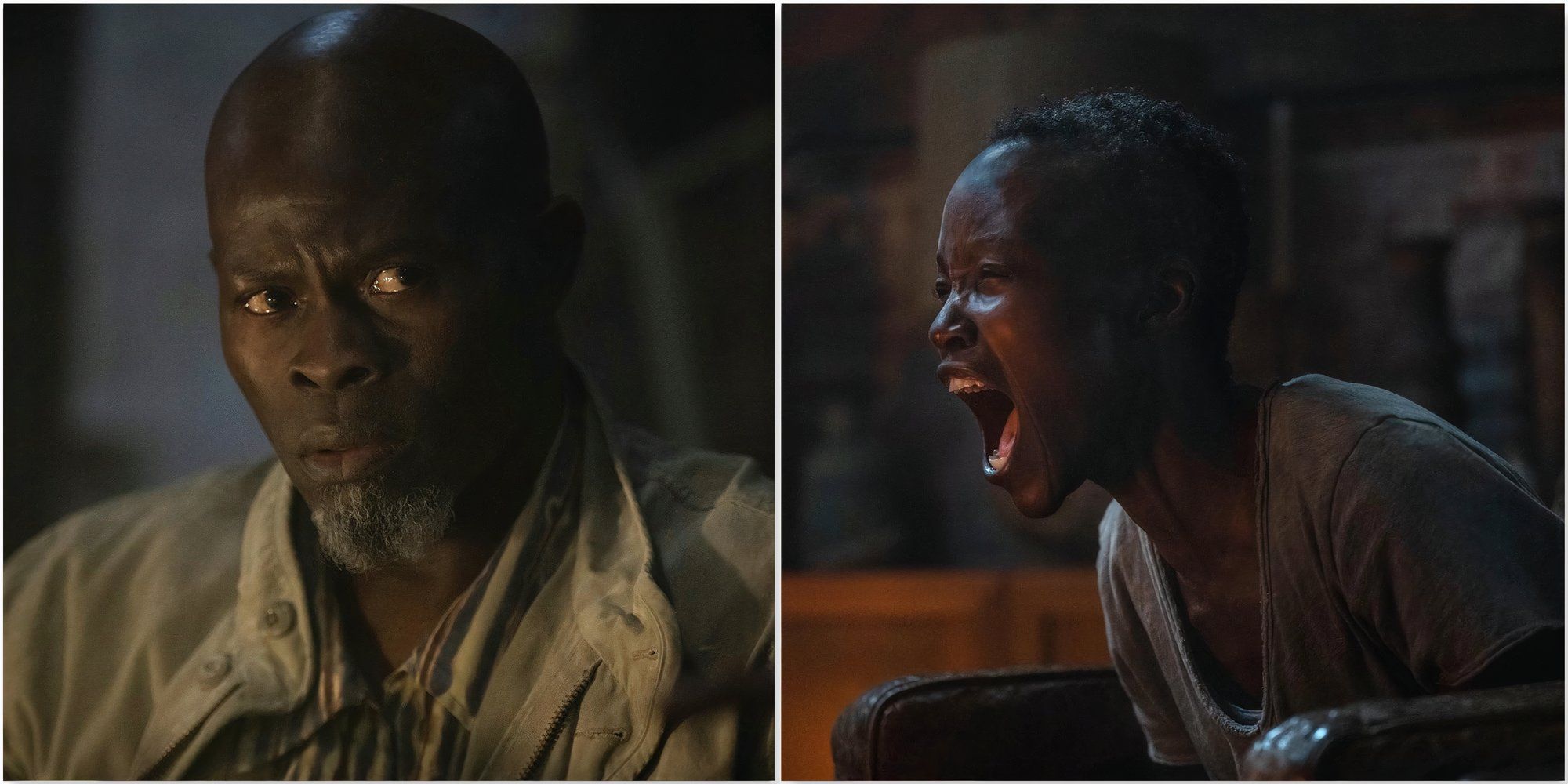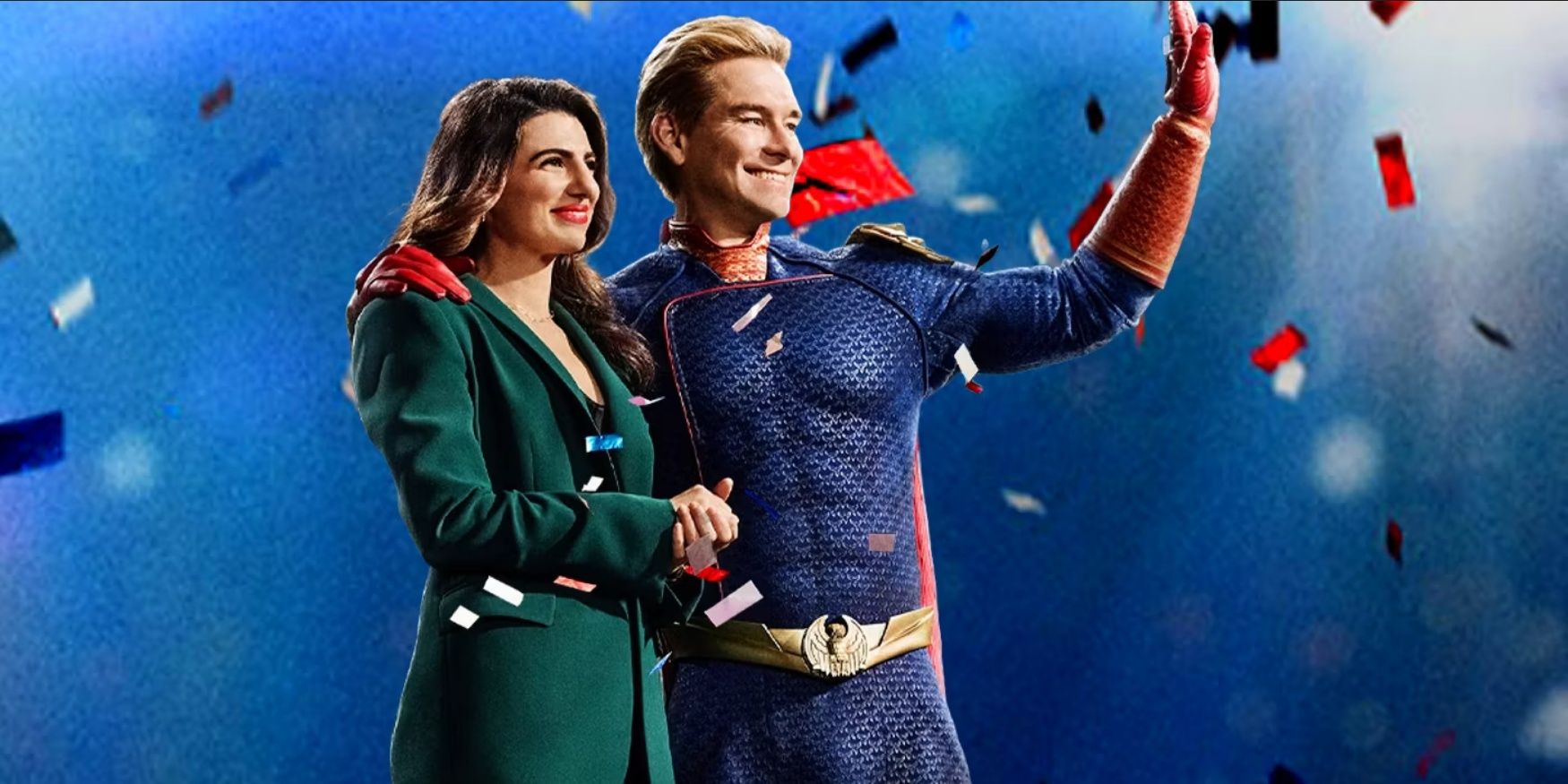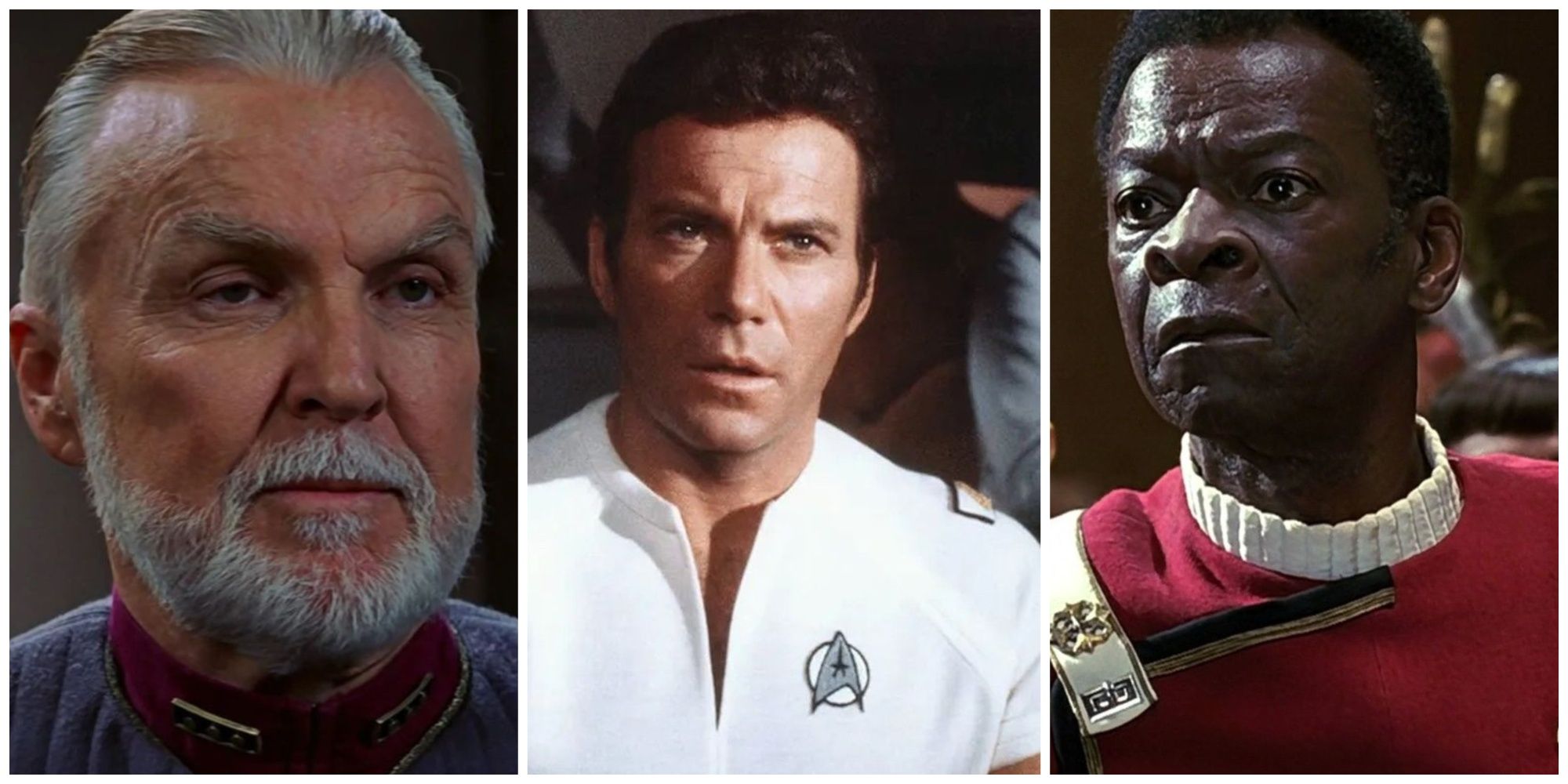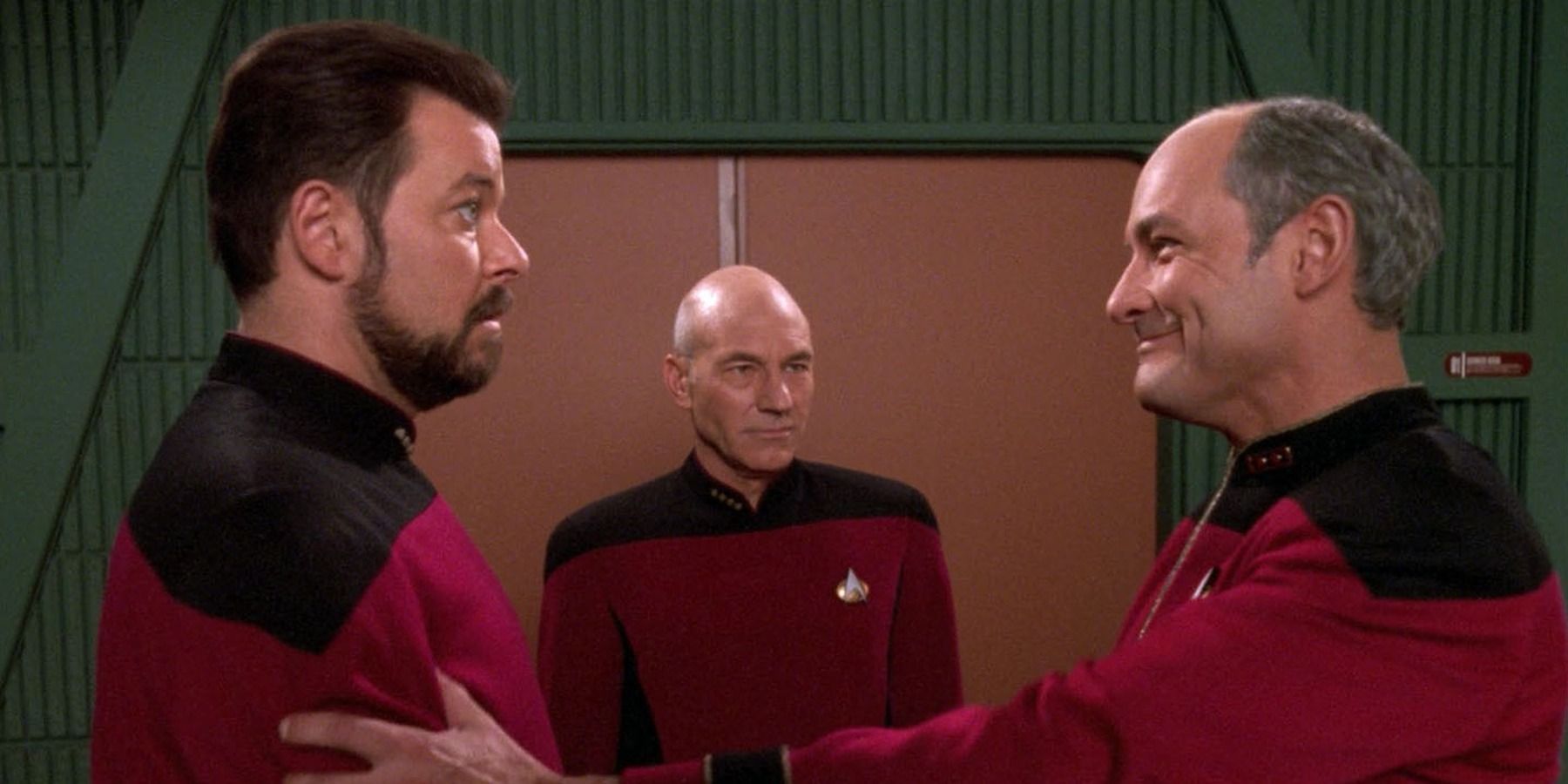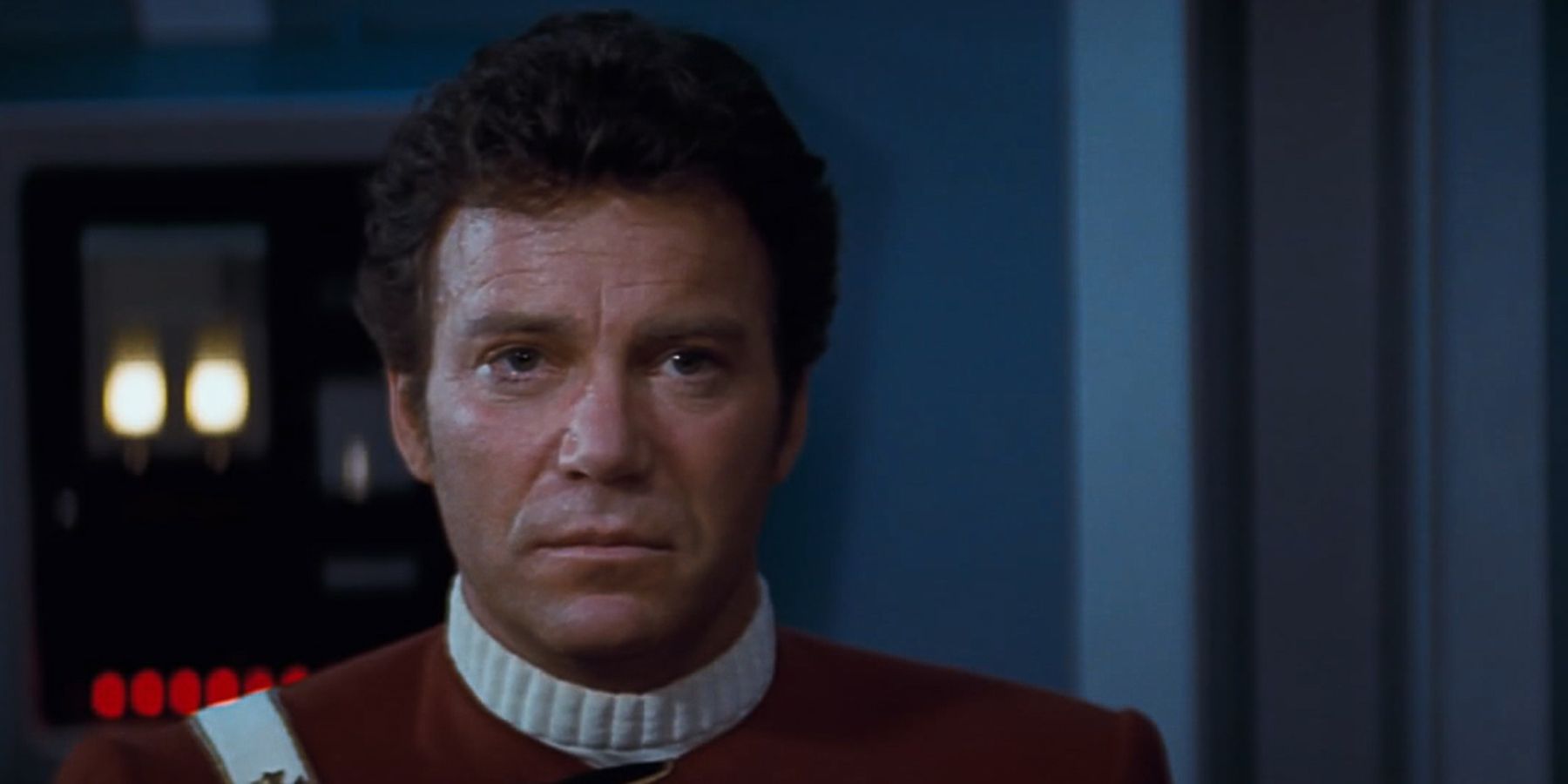Star Trek's Starfleet is accomplished in various fields, from charting the galaxy to fending off alien invaders. Serving as the exploratory (and sometimes military) arm of the Federation, it has numbered some exceptional individuals among its ranks, including Spock, Christopher Pike, and Jean-Luc Picard.
Unfortunately, Starfleet's admirals can often let the team down. The villainous admiral is an enduring trope, and this rogue's gallery of high-ranking officers seems to grow with each new series. For the most part, these admirals demonstrate that the road to hell is paved with good intentions. Others, however, show that Trek's humans still have some way to go before living up to Gene Roddenberry's ideals.
10 Admiral Jameson
When Mark Jameson boards the USS Enterprise-D in 2364 to take part in hostage negotiations, he is a man with a secret. Jameson's true motivation for attempting to resolve the hostage situation on Mordan IV is that he previously visited the planet, breaking the Prime Directive in the process.
Jameson provided weapons to Karnas, the leader of one of the planet's factions. To mitigate this, Jameson then supplied weapons to Karnas' enemies. He had hoped that any resulting conflict would be short, but in reality, the war lasted for four decades.
9 Admiral Ross
"Inter Arma Enim Silent Leges" is just one of the Deep Space Nine episodes that considers whether the ends justify the means (the most famous being "In the Pale Moonlight"). The episode's Latin title means that the rule of law is often ignored during wars. This is appropriate, as the story involves Admiral William Ross colluding with Section 31 to secretly influence Romulan politics.
Although this manipulation goes against the spirit of the Federation, Ross argues for its necessity. By promoting friendly Romulans to the Star Empire's ruling committee, he can secure its help against the Dominion and safeguard the Alpha Quadrant.
8 Admiral Satie
The courtroom episode is as much of a trope as the rogue admiral, from The Original Series' "Court Martial" to Strange New Worlds' "Ad Astra Per Aspera." TNG's "The Drumhead" sees Captain Picard defending a junior crew member, Simon Tarses, from the xenophobic Admiral Norah Satie. Tarses is accused, due to his Romulan heritage, of sabotaging the Enterprise-D.
Satie's witch-hunt is a betrayal of Starfleet's principles, despite her intentions to protect the Federation. Although she fails to destroy either Tarses or Picard, her behavior demonstrates that tribalism and prejudice persist even in Star Trek's supposedly utopian future.
7 Admiral Dougherty
During Star Trek's Dominion War, the Federation was desperate to gain the upper hand. As such, it's hardly surprising that Admiral Dougherty bends a few rules in Star Trek: Insurrection. By allying with the nefarious Son'a, Dougherty hopes to give the Federation access to the life-saving metaphasic particles generated by the planet Ba'ku.
When Dougherty's plan to surreptitiously relocate Ba'ku's inhabitants is discovered by Picard, the admiral allows Son'a ships to attack the Enterprise-E. However, after learning that the Son'a seek revenge after being exiled from Ba'ku, Dougherty demands an end to the scheme. His scruples lead to a gruesome death at the hands of Son'a leader Ru'afo.
6 Admiral Pressman
Starfleet Intelligence's Erik Pressman served as captain of the USS Pegasus, with a young William Riker under his command. When the two are reunited in TNG's "The Pegasus," both men are concealing a secret: the Pegasus was the testbed for an experimental cloaking device, in contravention of the Treaty of Algeron.
Pressman now hopes to use the Enterprise-D to salvage the Pegasus, and conceals the nature of the mission from Picard. Riker is torn about revealing the truth (a thought process dramatized, strangely, in Star Trek: Enterprise's "These Are The Voyages..."). When Riker does come clean, Picard has Pressman arrested.
5 Admiral Buenamigo
There are admirals who bend the rules with noble intentions, and there are those who break them for personal gain. Les Buenamigo falls into the latter category. Throughout the third season of Lower Decks, he manipulates the crew of the USS Cerritos in an attempt to show that the California-class should be replaced by his own starship design, the automated Texas-class.
However, the Texas-class employs faulty code designed by Ensign Rutherford, and the AI-powered vessels soon go haywire. Buenamigo is killed by his own creation when the USS Aledo fires on Douglas Station. Buenamigo's project was meant to boost his career at the cost of the California-class. Ironically, the Texas-class threat is eventually ended by a California-class flotilla.
4 Admiral Janeway
"If at first you don't succeed, try, try, try again" is a familiar sentiment, and one embraced by Katherine Janeway during Voyager's finale, "Endgame." The episode opens with an elderly Janeway safely back on Earth, although she reflects that not all of Voyager's crew were so lucky.
In an attempt to right this wrong, Admiral Janeway travels back in time to help her younger self escape the Delta Quadrant. Whether this head-scratching paradox is an act of selfishness or compassion is up for debate, as is Janeway's moral compass in general. Janeway would not be the last Starfleet officer to meddle with time for the greater good. The Picard of the post-TNG novels would also erase his own existence to protect Star Trek: Picard's prime timeline.
3 Admiral Cartwright
Animosity between the Klingon Empire and the Federation is not unusual, as both Discovery and The Original Series depict wars between the two powers. When the winding down of the real-life Cold War was mirrored in Star Trek VI: The Undiscovered Country's Federation–Klingon rapprochement, not everyone in Starfleet saw peace as being in their best interests.
In the sixth Star Trek movie, Admiral Cartwright frames Captain Kirk and Doctor McCoy for the murder of Klingon Chancellor Gorkon. He also plots to assassinate the Federation President and blame the Klingons, destroying any chance of peace. Fortunately, his plan is foiled by the crews of the Enterprise-A and Excelsior.
2 Admiral Leyton
The Dominion War brought out the worst in Starfleet, from lying to the Romulans to secure their assistance to creating a biological weapon to wipe out the Founders. Forced by desperate times (the Dominion bombing of a Federation conference with the Romulans) to adopt desperate measures, Admiral Leyton attempts to overthrow the Federation President and replace him with a military junta.
Leyton's intricate scheme involves faking further Changeling attacks on Earth and opening the Bajoran Wormhole to make it look like the Dominion is sending cloaked ships. When the crew of the USS Defiant threatens to expose his plans, he sends the Excelsior-class USS Lakota to destroy the warship.
1 Admiral Kirk
Although rogue admirals often pose a threat to Star Trek's heroes, there are times when those same heroes are guilty of indulging in the trope. James T. Kirk might have disliked being a Starfleet flag officer, but he's up there with the best when it comes to breaking the rules.
From frequent trips through time (Starfleet's Department of Temporal Investigations writes him up for "seventeen separate temporal violations") to stealing the Federation flagship and then destroying it, Kirk's misdeeds are numerous. However, his wildcard methods generate results, including saving Earth from the mysterious Whale Probe. In recognition of both his accomplishments and disobedience, Kirk is demoted, placing him back where he belongs: in the captain's chair of the Enterprise.

